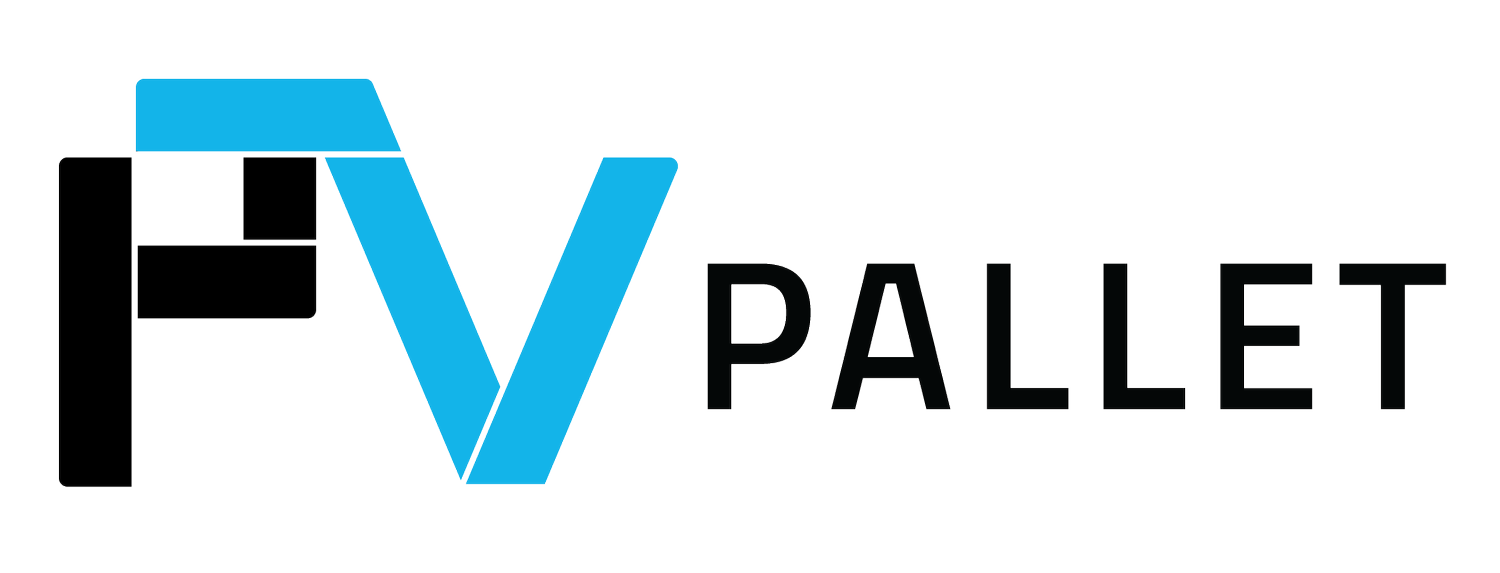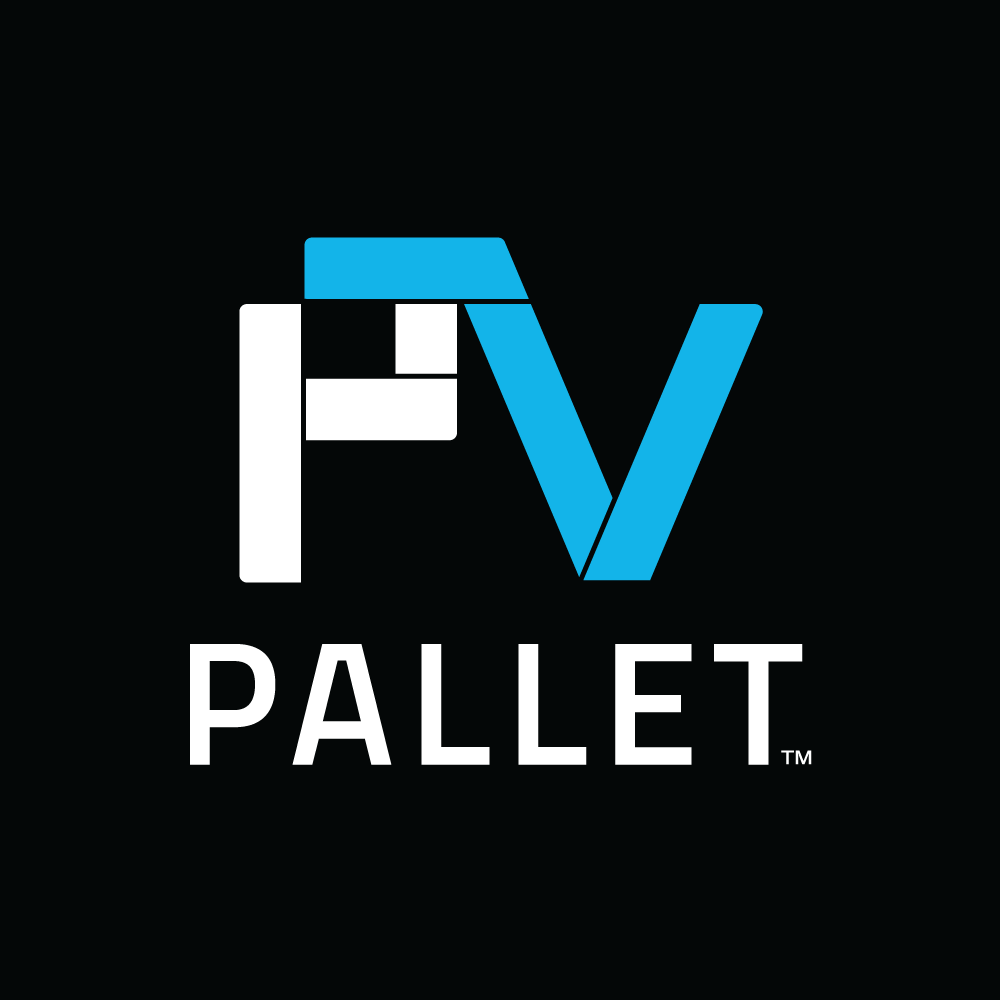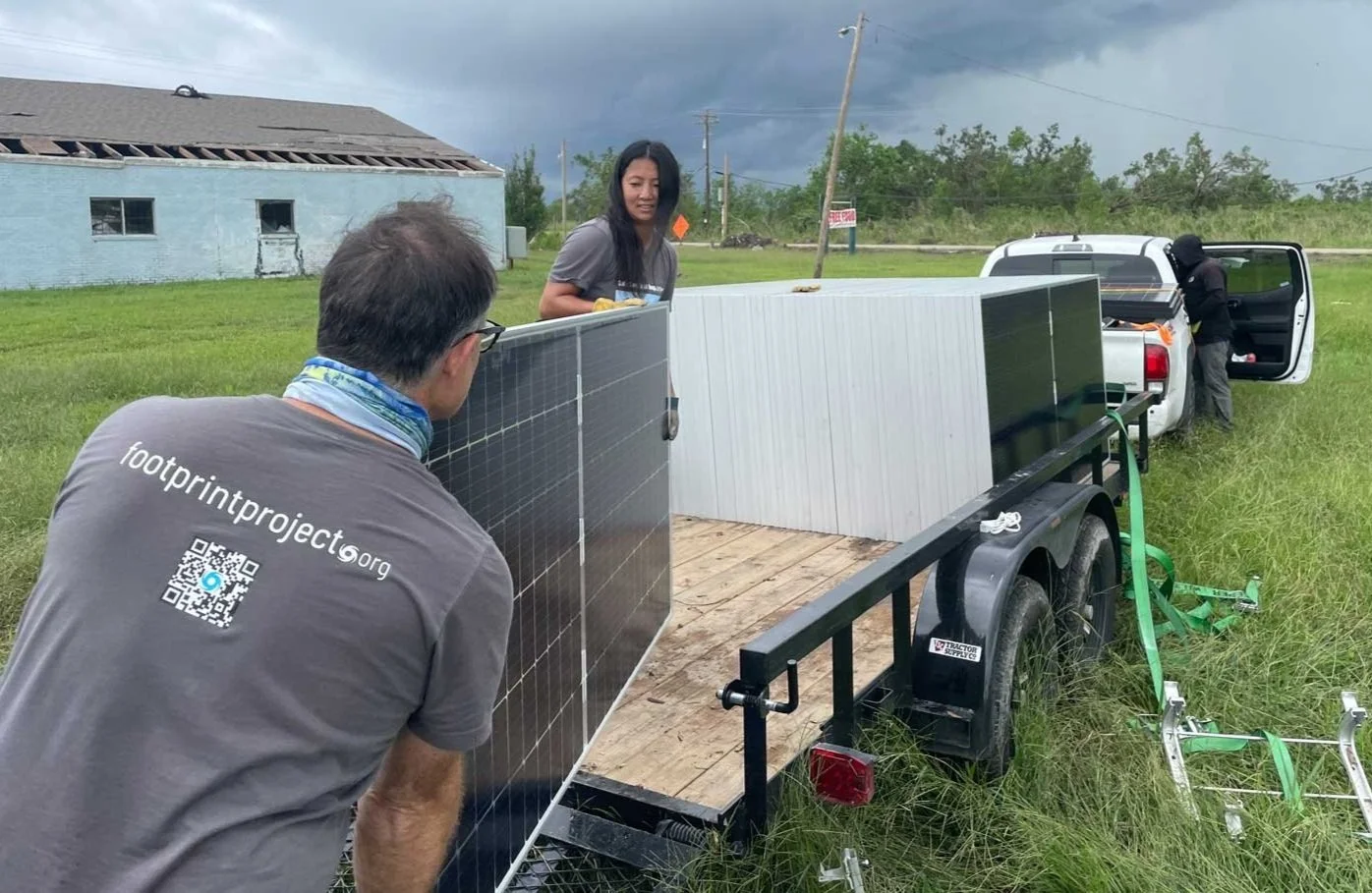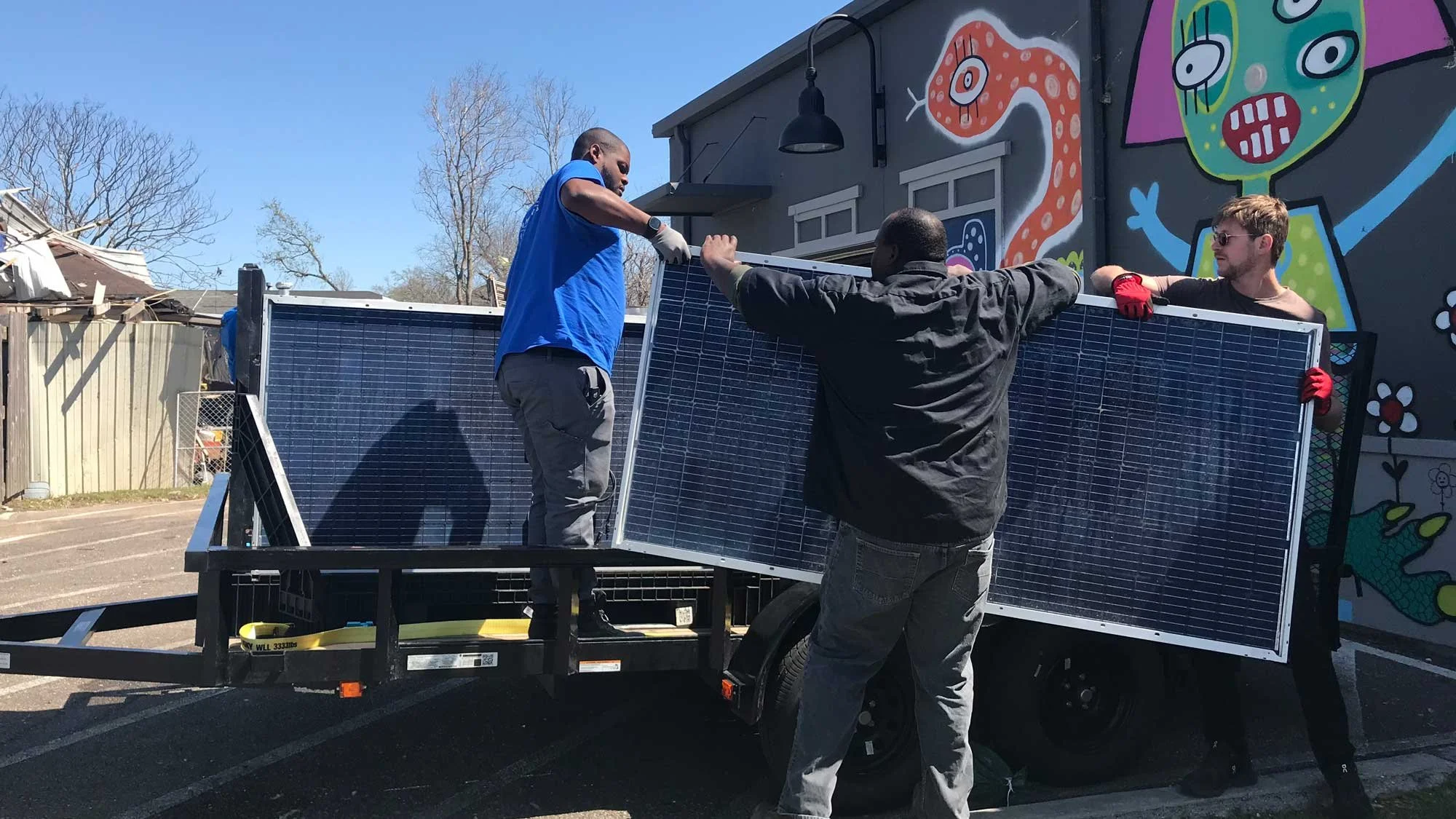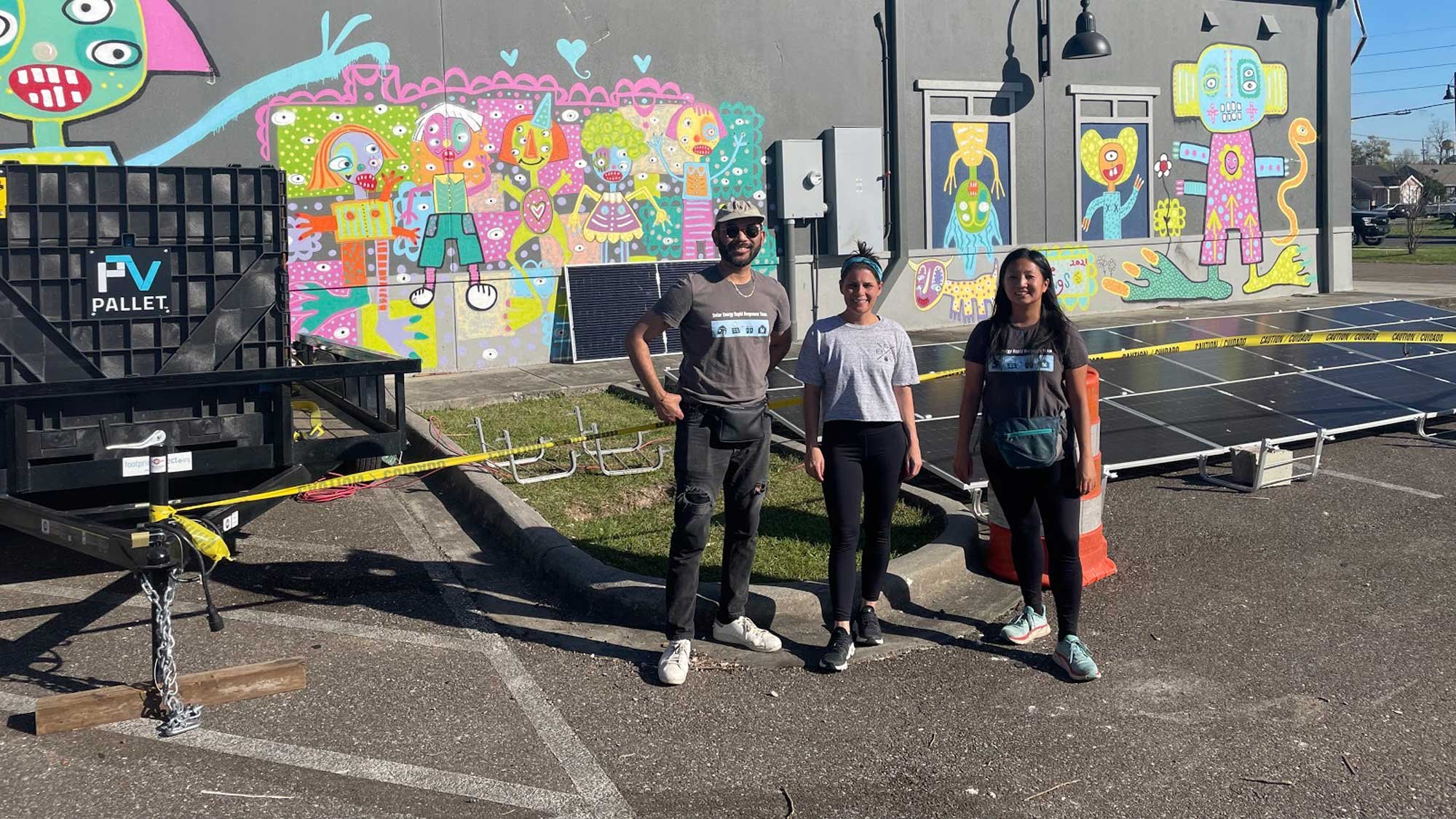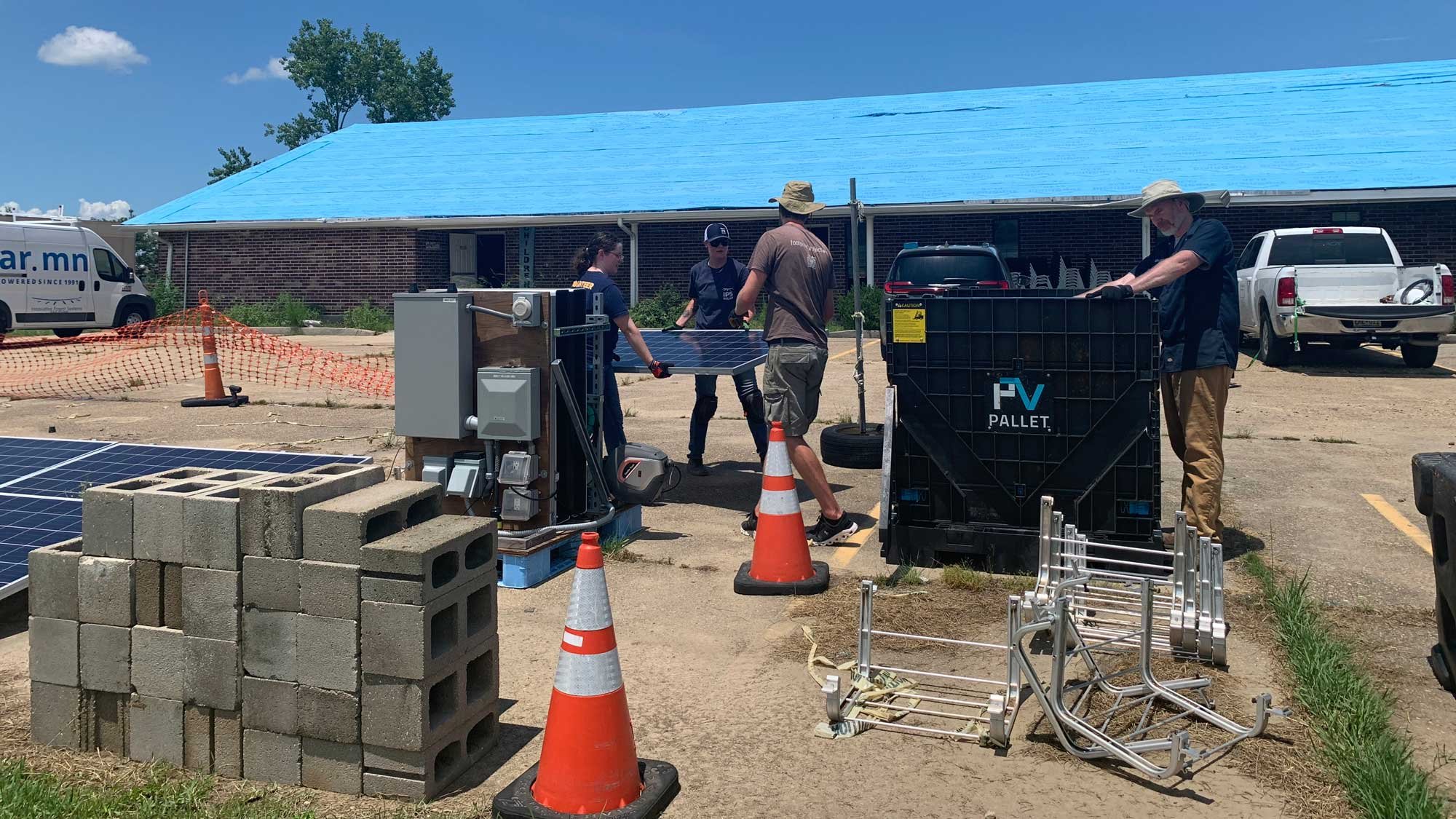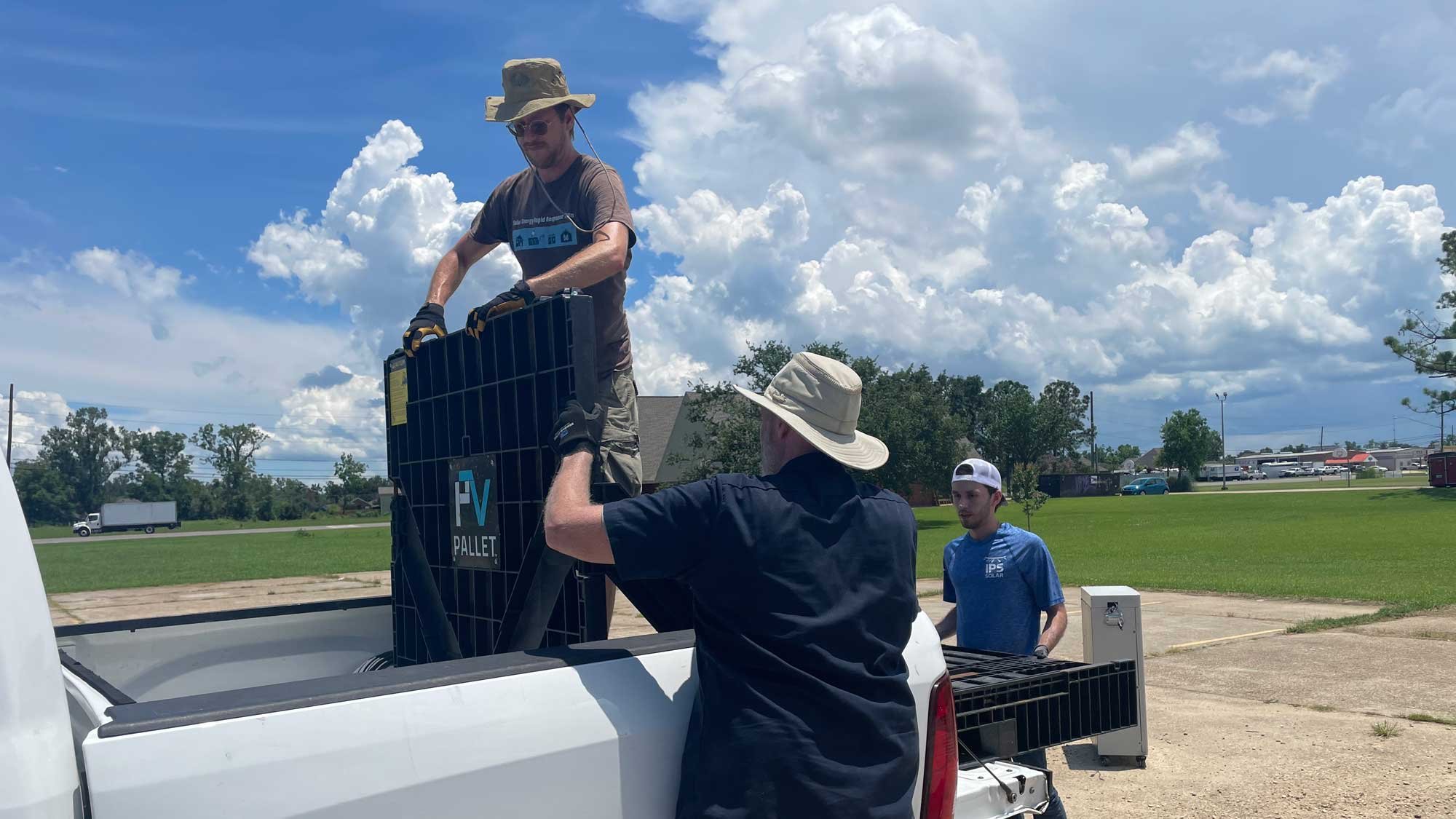Case Study: How Footprint Project Streamlined Operations & Solar Panel Storage with PVpallet Series X
Business Challenges: Solar Panel Transportation, Solar Panel Storage
Footprint Project team sets up a solar microgrid for the Community Center of St. Bernard after tornadoes hit the area on March 2022.
About Footprint Project
Founded in 2018, Footprint Project is a non-profit organization who is making a big impact on communities in crisis by meeting their power needs through solar energy. Footprint’s solar microgrids, featured on Time’s List of Best Inventions of 2022, have provided solar-powered electricity for communications, medical services, food, water and other critical needs to communities impacted by the wildfires in Maui, Hurricane Ida in Louisiana, tornadoes in Kentucky, and earthquakes in Puerto Rico. The organization also helped power a COVID-19 clinic at the U.S./Mexico border and coordinated shipments of solar generators and other equipment to Ukraine.
Scenario
As part of their mission to build back greener, Footprint Project deploys mobile solar generators that provide temporary power to communities in crisis. To date, Footprint has provided emergency clean power to over 50,000 US citizens—deploying 250+ kW of mobile solar and 700+ kWh of mobile battery storage to 22+ disaster response and recovery missions. When implementing their portable microgrids, Footprint’s ground team transports large, commercial-scale solar modules from their storage facility in New Orleans to the disaster location. After power is restored to the area, ranging from several days to several weeks, the solar microgrid is packed up and returned to New Orleans until the next need arises.
Although the process for deploying and decommissioning their mobile microgrids was effective in that it resulted in providing power, it was far from efficient. “Scrappy” is the word Jamie Swezey, Program Director at Footprint Project, used to describe their process. Panels were ratchet strapped to the side of the trailer or flat-stacked on the trailer floor. Upon arrival, a dedicated “holder” was required to keep the panels in an upright position as they were removed one by one. “We just didn’t have a safe, efficient way to transport or store the solar panels,” explained Jamie. Their process was time consuming, breakage was common, and the risk of falling solar panels was a safety concern for their team. The space limitations at their facility in New Orleans was also a challenge. Safely storing their solar panels was difficult and limited their capacity to accept in-kind donations. In short, Footprint needed a safer, more efficient way to transport and store the solar panels for their mobile microgrids. “We were doing the best we could with what we had, but we knew improving our processes and optimizing our storage would maximize our efforts to support communities impacted by disaster.”
Jamie Swezey and a volunteer unload solar panels to deploy a solar microgrid. Before PVpallet Series X was integrated into Footprint Project’s operations, solar panels were ratchet strapped to the side of the trailer or flat-stacked on the trailer floor to be transported to the installation site.
Challenges
Transportation
Solar panels were ratchet strapped to the side of the trailer or flat-stacked on the trailer floor, then removed one by one—a process that was time consuming and often resulted in breakage.
Worker Safety
Handling and storing loose solar panels for their mobile solar generators was a safety hazard to the Footprint Project team. Both vertically and horizontally stacked solar panels could easily fall, exposing employees and volunteers to harm.
Storage
The space at their facility in New Orleans was limited. At times, Footprint had to turn down solar panel and equipment donations simply due to a lack of space.
Solution
Footprint Project knew they needed a more efficient solution to transport their solar panels and store their microgrid equipment. The right solution would need to improve worker safety, streamline their processes, and maximize their storage capacity. When Jamie saw PVpallet Series X in January 2022, it checked all the boxes and she sought to implement it as soon as possible. “I knew it had the potential to completely change the way we do our work.”
In March 2022, Footprint used Series X on their first solar microgrid deployment in the wake of devastating tornadoes in New Orleans. A temporary solar array was installed at the Community Center of St. Bernard to power their freezers full of food and seeds until the grid was restored. Just as Jamie anticipated, the pallets proved to be the solution they needed. They provided a safer, easier way to transport solar panels for their microgrids. A dedicated “holder” is no longer needed to prevent loose panels from falling. Instead, the load management system in Series X holds the panels in place during staging and decommissioning. Beyond deploying their mobile solar generators, Footprint also uses their pallets as a “mini warehouse” to store donated solar panels, inverters, and batteries. “We just put a tarp over the pallets, and they act like a miniature storage shed,” explained Jamie. “We’ve had no issues with the pallets holding up outside in Louisiana, even during Hurricane Season.”
“PVpallet Series X makes it easier and safer to deploy and decommission our solar microgrid systems. The pallets also allow us to accept and manage solar panel donations in a way we couldn’t before. The fact that we can stack our Series X units two-high outside significantly increases our storage capacity.”
Jamie Swezey, Program Director at Footprint Project
Results
Since implementing PVpallet Series X into their processes in March 2022, the pallets have enabled Footprint Project to double their capacity to deploy temporary solar arrays and accept larger donations due to optimized storage space.
Streamlined Transportation
Solar panels are transported in Series X, optimizing trailer space, reducing breakage, and streamlining deployment. Footprint Project estimates that Series X reduces their loading and unloading time by half, doubling their capacity to deploy and decommission the solar array at a disaster site.
Improved Worker Safety
Series X allows Footprint to safely handle loose solar panels when deploying their mobile solar generators. These added safety measures not only protect their team and volunteers, but also gives donors peace of mind knowing that safety and efficiency is a priority for their organization.
Optimized Storage
Footprint uses their Series X pallets along with a tarp as a “mini warehouse” to store solar panels, inverters, batteries, and other equipment. This approach allowed the non-profit to accept a large donation of solar panels and equipment that they would have previously declined due to lack of space.
Outcome
After over 18 months of continuous use, PVpallet Series X has transformed the efficiency, effectiveness, and safety of Footprint Project’s disaster response operations. “We can now store, stage, and transport the modules vertically (rather than stacked on top of one another). It is easier and safer to deploy and decommission our microgrid systems,” explained Jamie. “The pallets allow us to accept and manage solar panel donations in a way we couldn’t before. The fact that we can stack our Series X units two-high outside significantly increases our storage capacity.”
“PVpallet Series X is a game changer for us,” said Will Heegaard, Operations Director at Footprint Project. “Anyone regularly handling second-life PV modules needs these pallets.”
“PVpallet Series X is a game changer for us. Anyone regularly handling second-life PV modules needs these pallets.”
Will Heegaard, Operations Director at Footprint Project
Future
Through innovation, efficiency, and the generosity of like-minded organizations, Footprint Project is continuing to increase their capacity to meet the power needs of communities in crisis. Their current focus is on optimizing their new warehouse space so they can grow their fleet of microgrids. “We plan to utilize PVpallet Series X in that space to the nth degree,” said Jamie. “The pallets will help us continue to maximize our storage and deploy mobile solar generators.” Series X has also spurred additional innovation from the Footprint team. “We’re exploring the idea of turning a PVpallet full of batteries into a mobile charging station that can be dropped off at disaster relief hubs. We’re constantly looking for efficient ways to rapidly deploy emergency power.”
Whatever is next for Footprint Project, one thing is certain: they will continue to use solar technology in innovative, cost-effective ways to serve communities in the wake of disaster.
